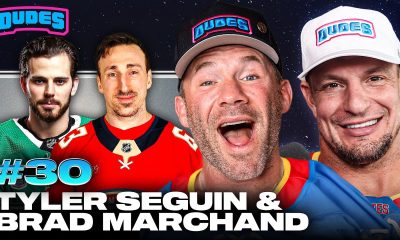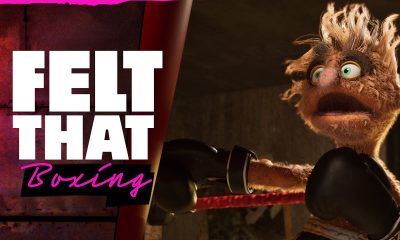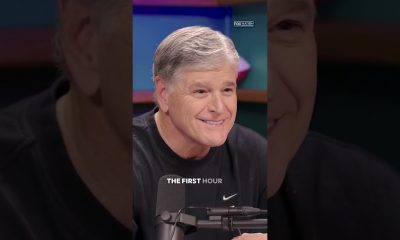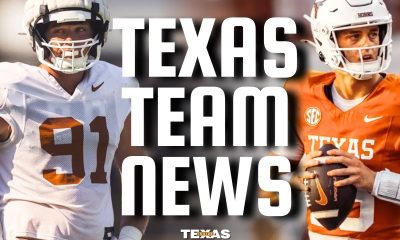NIL
Report
Hendrick originally sued Hooters for .705 million plus interest in unpaid sponsorship for Chase Elliott last year. Hooters has been closing stores and downsizing, and that meant getting out of the NASCAR business. On3’s Jonathan Howard contributed to this report. When Hooters quit paying the bills, Hendrick dropped them as a sponsor. The payments were to […]


Hendrick originally sued Hooters for .705 million plus interest in unpaid sponsorship for Chase Elliott last year. Hooters has been closing stores and downsizing, and that meant getting out of the NASCAR business.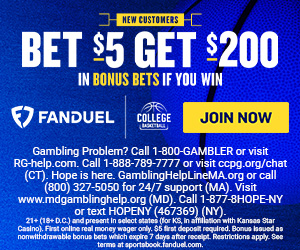
On3’s Jonathan Howard contributed to this report.
When Hooters quit paying the bills, Hendrick dropped them as a sponsor. The payments were to be made four times throughout 2024, scheduled for the 10th of the month in March, June, August and October. The complaint by HMS Holdings LLC claimed that Hooters paid ,000 in March and then failed to make another payment.
Hooters, Hendrick Motorsports settle lawsuit
“Hooters has been a valued partner of Hendrick Motorsports since 2017, contributing to our shared successes both on and off the track. In recent months, however, Hooters has not been able to meet its business obligations to our organization,” Hendrick said in a statement last July. “Due to these unfortunate and unexpected circumstances, and despite extensive efforts on both sides to identify a workable solution, it became necessary for Hendrick Motorsports to end the relationship. It has been a privilege having Hooters as a part of our team and we wish them the best.”
Hooters has agreed to pay 0,000 to Hendrick Motorsports to settle the lawsuit over unpaid sponsorship fees that were part of a multi-year agreement between the two entities, per Bob Pockrass of FOX Sports.
Prior to their split, Hooters served as a primary sponsor for Elliott for eight years. In 2021, it extended its sponsorship of Elliott through 2024. Beyond Elliott, Hooters’ involvement with NASCAR dates back to more than three decades ago. Hooters served as the full-time sponsor for Alan Kulwicki during his Cup Series championship winning season in 1992.
Elliott’s lone win last season (Texas) came in a race in which Hooters served as his primary paint scheme. It was his first win using the Hooters paint scheme and the first for Hooters since that 1992 campaign.
NIL
Pete Thamel predicts if House Settlement, new NIL system will even the playing field in college sports
ESPN’s Pete Thamel broke down the latest with the NCAA House Settlement following an agreement this week. Most would want to know with a new allotment of money per school, if it would finally level the playing field around college athletics. This is especially questioned in football where it’s the big boys and everyone else. […]

ESPN’s Pete Thamel broke down the latest with the NCAA House Settlement following an agreement this week. Most would want to know with a new allotment of money per school, if it would finally level the playing field around college athletics.
This is especially questioned in football where it’s the big boys and everyone else. Not necessarily a sport for underdogs, mostly, at the collegiate level.
Now that the House Settlement has passed, to the tune of nearly $3 billion, Thamel explained how this is going to work exactly. But it won’t stop the big boys from being the big boys.
“That’s a fascinating question, and there are so many variables between what’s being structured and what’s going to actually happen that I’m hesitant to predict an ideal situation,” Thamel said on SportsCenter. “I think the reality for a lot of this is the schools, the big box brands, the ones whose logos you recognize, have always had a competitive advantage for those brands, and how the NIL system is going to be set up, meaning schools can give $20.5 million for their athletes.
“So in theory, that is going to be evenly spread. But where the competitive advantages go, they used to be about grey areas are now going to be how much outside NIL is going to be available to those athletes.”
With this House Settlement, schools can now directly pay athletes. Prior to this, the NCAA never did nor allowed payments directly to athletes over the last century-plus. As you can see, things have drastically changed in the era of NIL and the transfer portal.
Beginning July 1, schools will be able to share $20.5 million with athletes, with football expected to receive 75%, followed by men’s basketball (15%), women’s basketball (5%) and the remainder of sports (5%),’ as On3’s Pete Nakos pointed out. The amount shared in revenue will increase annually due to this House Settlement.
“You’re not supposed to promise it up front, but look, Texas is going to have more outside NIL available than Louisiana-Monroe as it goes,” Thamel said. “So how those deals are accepted through this NIL clearing house, look, they named a CEO of the College Sports Commission last night, like by midnight, there were a flurry of tweets, and it was like, ‘Hi, I’m your new commission, and this is your new commissioner, and we’re going to run college sports now.’
“The old NCAA enforcement model as we knew it is primarily dead. NCAA enforcement still exists for academic cases and fairness of the game cases, as the (Connor) Stalions case in Indianapolis this weekend is going on, but there is a whole new sheriff in town. His name is Brian Seeley, and he comes over for Major League Baseball, and he was hired formally within three hours of the settlement coming. His job and the role of his organization is ultimately going to determine your question of whether this evens the playing field or those advantages still exist.”
NIL
MLB executive Bryan Seeley named College Sports Commission CEO after NCAA settlement approval
The newly formed agency in charge of policing rules in the remade college sports system picked Major League Baseball executive Bryan Seeley as its new CEO. The College Sports Commission announced Seeley as its new leader Friday, shortly after U.S. Judge Claudia Wilken granted final approval of the $2.8 billion House v. NCAA settlement. Advertisement […]
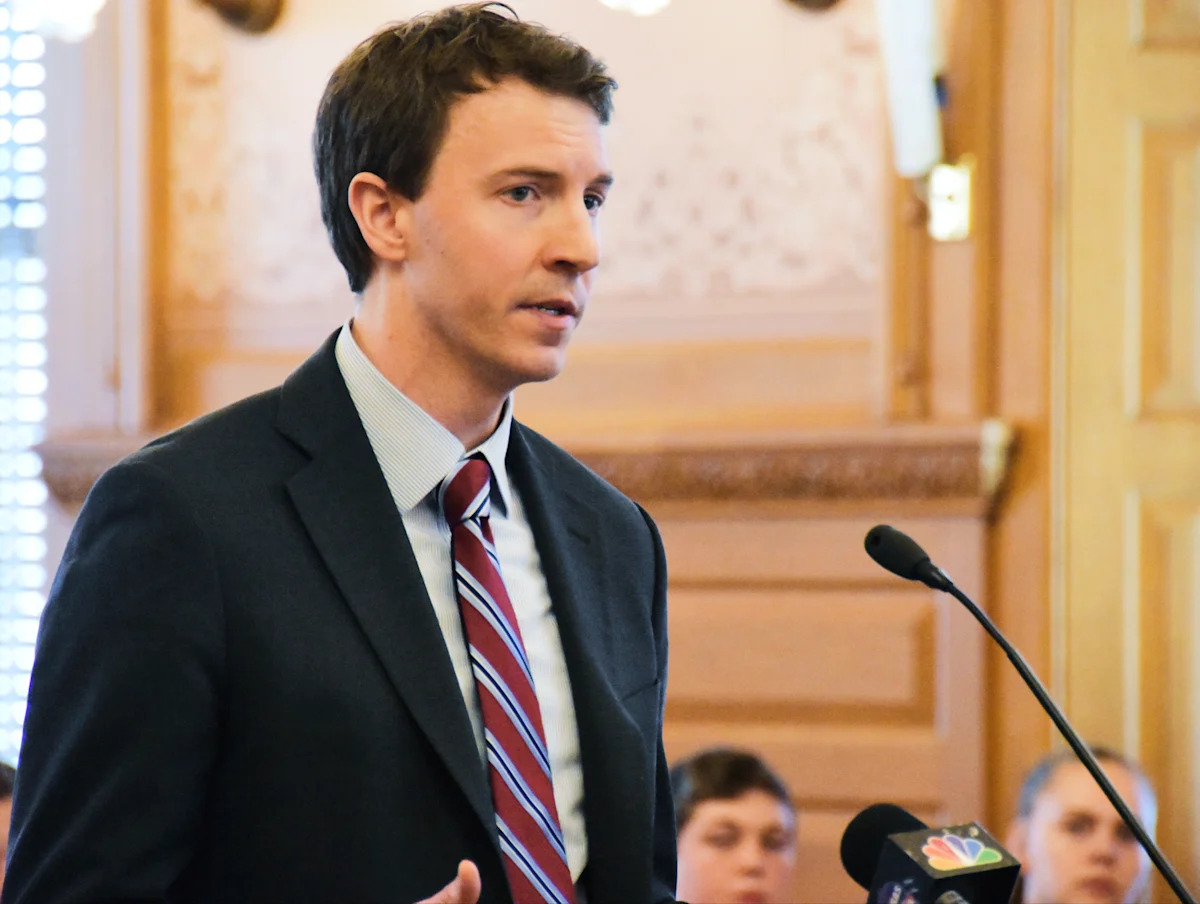
The newly formed agency in charge of policing rules in the remade college sports system picked Major League Baseball executive Bryan Seeley as its new CEO.
The College Sports Commission announced Seeley as its new leader Friday, shortly after U.S. Judge Claudia Wilken granted final approval of the $2.8 billion House v. NCAA settlement.
Advertisement
The settlement allows schools to directly pay players for using their name, image and likeness in endorsement deals. It also allows players to receive NIL payments from third parties.
The new commission will be in charge of making sure schools adhere to the rules, which call for a $20.5 million cap on all payments. It is also setting up a clearinghouse to evaluate third-party deals worth $600 or more.
“I look forward to implementing a system that prioritizes fairness, integrity, and opportunity, while preserving the values that make college sports unique,” Seeley said in a statement announcing his appointment. “I am energized by the work ahead and excited to begin building out our team.”
As executive vice president of legal and operations, Seeley oversaw MLB investigations, compliance, state government relations, sports betting and other areas. He played a key role in MLB’s sign-stealing investigation into the Houston Astros in 2020.
The CSC will begin operation on July 1 when the settlement officially takes effect.
___
AP college sports: https://apnews.com/hub/college-sports
NIL
Kilfoyl and Show set to participate in inaugural AUSL season
STILLWATER – Oklahoma State Softball alumnae Lexi Kilfoyl and Samantha Show, along with manager Josh Eurich, will begin the Athletes Unlimited Softball League (AUSL) on Saturday. Kilfoyl, the No. 1 pick from the inaugural AUSL draft, will play for the Bandits, while Show is set to compete for the Volts. Eurich is an assistant coach […]
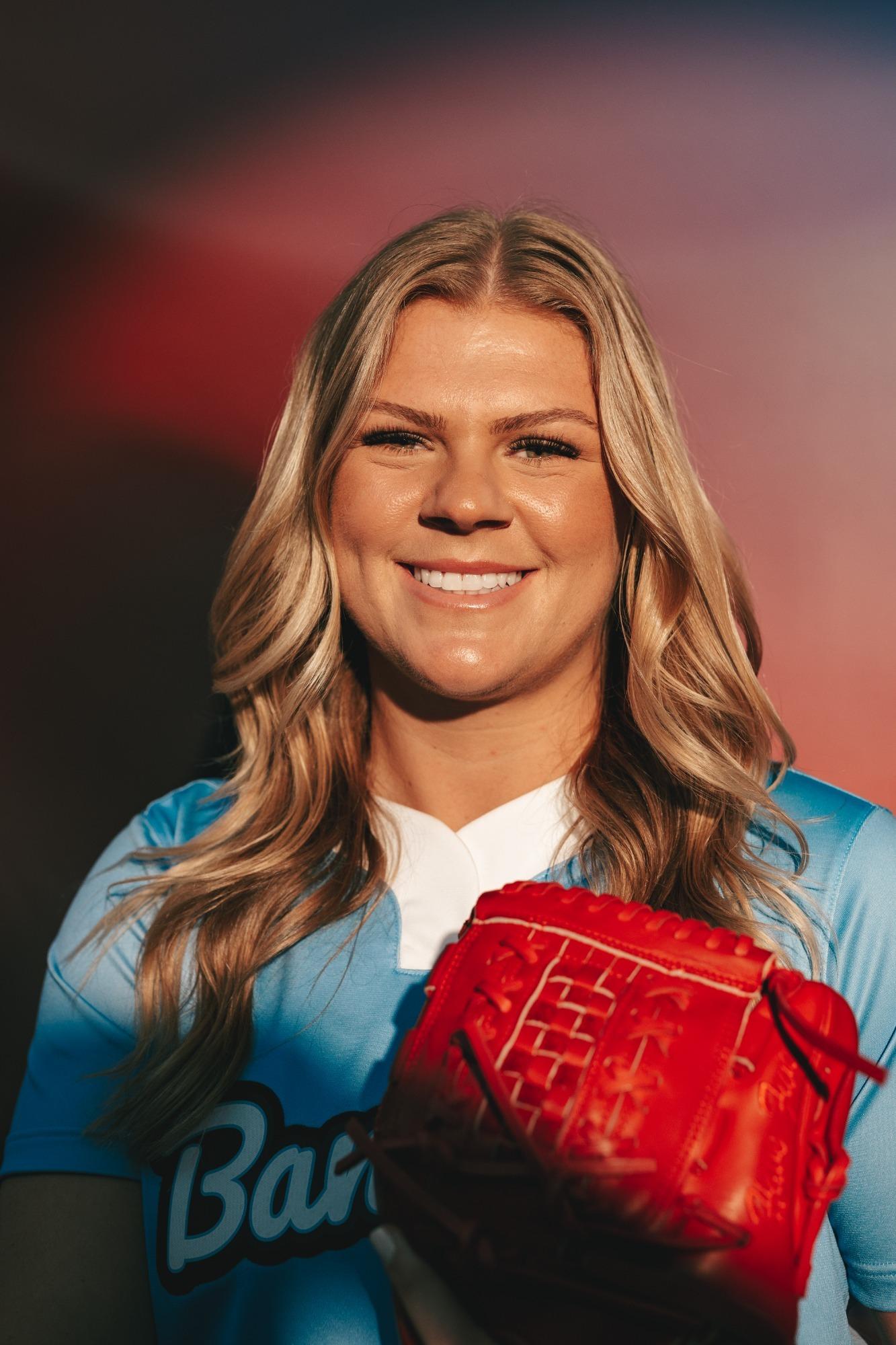
Kilfoyl, the No. 1 pick from the inaugural AUSL draft, will play for the Bandits, while Show is set to compete for the Volts. Eurich is an assistant coach for the Volts, as well.
The Talons and Bandits open the season today at 2 p.m. CT at The Stadium at Parkway Bank Sports Complex in Rosemont, Ill., on the MLB Network. The Volts and Blaze follow them with a 6:30 p.m. CT first pitch at Wilkins Stadium in Wichita, Kan., also broadcast on the MLB Network.
The AUSL will travel to 10 different cities this year before each team having a home city in 2026. Each team will play 24 games during the season, with the top two teams facing off in a best-of-three championship series at the end of July. Following the AUSL Championship, 60 players will compete to be crowned as the individual champion in the AUSL All-Star Cup, a 21-game competition in August featuring the signature Athletes Unlimited scoring system. For the full schedule and more information, visit theausl.com.
Earlier this month, Major League Baseball (MLB) announced it will be investing in the AUSL and softball at all levels, Along with MLB’s investment, 16 games – including the Championship Series from July 22-23 – will be aired on ESPN2 or ESPNU. Five games will be aired exclusively on the MLB Network with over 30 games available to stream for free on MLB.com and MLB TV.
Pro Pokes in the AUSL
Bandits
Lexi Kilfoyl
Volts
Samantha Show
Josh Eurich (assistant coach)
NIL
Tony Petitti releases statement on House v. NCAA settlement approval
On Friday, Judge Claudia Wilken approved the House v. NCAA settlement, which will allow colleges to directly pay athletes and usher in the era of revenue sharing. Big Ten commissioner Tony Petitti released a statement regarding the monumental settlement. “We look forward to implementing this historic settlement designed to bring stability, integrity and competitive balance to […]
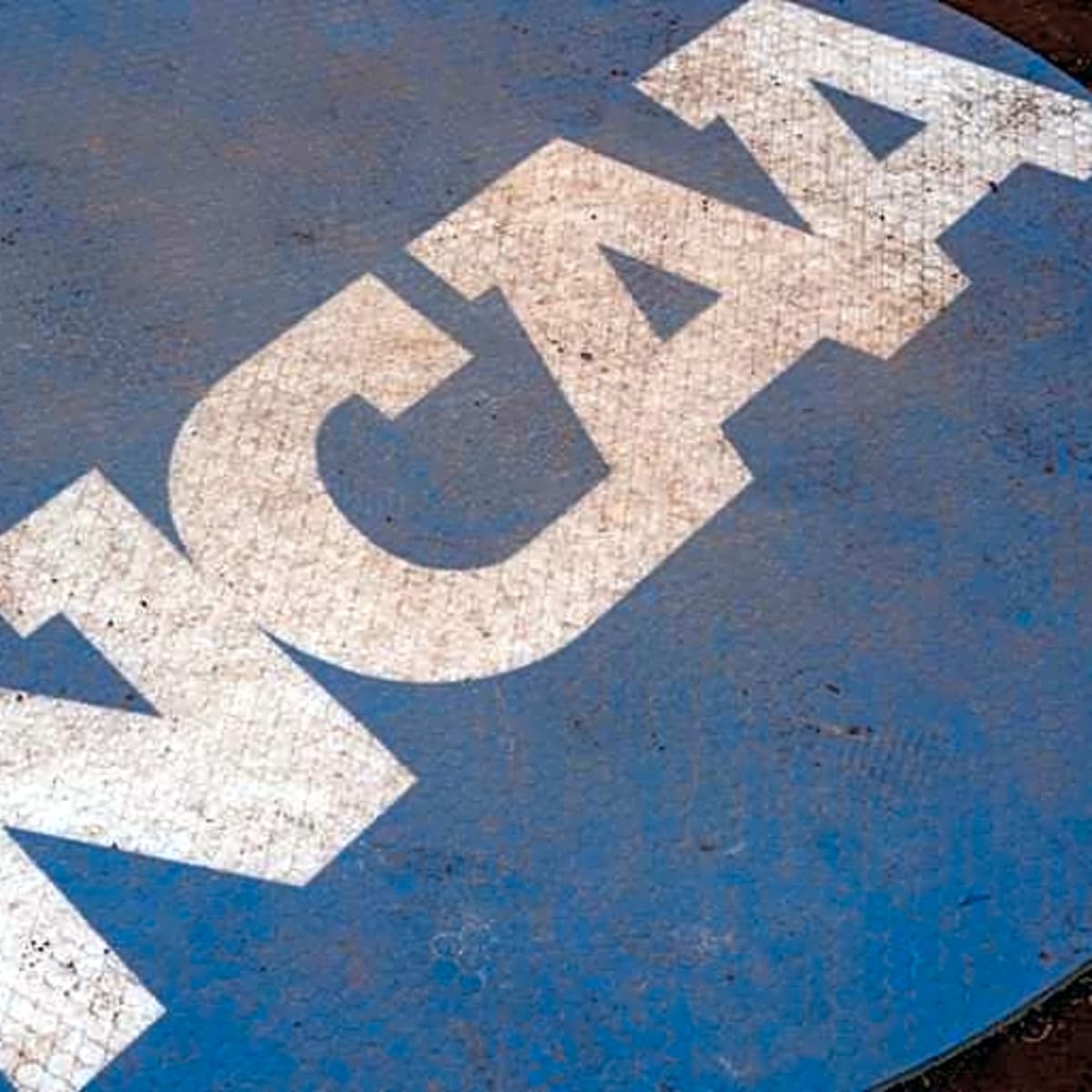


On Friday, Judge Claudia Wilken approved the House v. NCAA settlement, which will allow colleges to directly pay athletes and usher in the era of revenue sharing. Big Ten commissioner Tony Petitti released a statement regarding the monumental settlement.
“We look forward to implementing this historic settlement designed to bring stability, integrity and competitive balance to college athletics while increasing both scholarship and revenue opportunities for student athletes in all sports,” Petitti wrote.
Wilken’s approval finally came almost 59 months after the initial suit was filed. The long waiting period has given Power Four conferences such as the Big Ten to prepare for the paradigm shift.
Beginning July 1, schools will allowed to share $20.5 million with athletes, with football expected to receive 75%, followed by men’s basketball (15%), women’s basketball (5%) and the remainder of sports (5%). The amount shared in revenue will increase annually.
Power Four football programs will have roughly $13 to $16 million to spend on rosters for the 2025 season. Many schools have front-loaded contracts ahead of the settlement’s approval, taking advantage of contracts not being vetted by the newly formed NIL clearinghouse.
“Despite some compromises, the settlement agreement nevertheless will result in extraordinary relief for members of the settlement classes,” Wilken wrote in her 76-page final opinion. “If approved, it would permit levels and types of student-athlete compensation that have never been permitted in the history of college sports, while also very generously compensating Division I student-athletes who suffered past harms.”
To enforce this new era, the NCAA is creating the College Sports Commission. Major League Baseball executive Bryan Seeley will serve as the commission’s CEO, the commission announced late Friday.
“I am honored to serve as the first CEO of the College Sports Commission at this pivotal moment in the history of collegiate athletics,” Seeley said in a statement. “I look forward to implementing a system that prioritizes fairness, integrity, and opportunity, while preserving the values that make college sports unique. I am energized by the work ahead and excited to begin building out our team.”
While the near five-year waiting period from the time the lawsuit was filed to Wilken’s final approval gave institutions time to prepare for the changes ahead, there are still many unknowns. Notably, many have questioned how the NCAA will prevent teams from seeking state legislature that circumvents the new rules.
The College Sports Commission will address issues such as these. Only time will tell how Wilken’s historic ruling will ultimately affect college athletics.
On3’s Pete Nakos and Nick Schultz also contributed to this report.
NIL
A $2.8 billion settlement will change college sports forever. Here’s how
A federal judge has approved terms of a sprawling $2.8 billion antitrust settlement that will upend the way college sports have been run for more than a century. In short, schools can now directly pay players through licensing deals — a concept that goes against the foundation of amateurism that college sports was built upon. […]
A federal judge has approved terms of a sprawling $2.8 billion antitrust settlement that will upend the way college sports have been run for more than a century. In short, schools can now directly pay players through licensing deals — a concept that goes against the foundation of amateurism that college sports was built upon.
Some questions and answers about this monumental change for college athletics:
Q: What is the House settlement and why does it matter?
A: Grant House is a former Arizona State swimmer who sued the defendants (the NCAA and the five biggest athletic conferences in the nation). His lawsuit and two others were combined and over several years the dispute wound up with the settlement that ends a decades-old prohibition on schools cutting checks directly to athletes. Now, each school will be able to make payments to athletes for use of their name, image and likeness (NIL). For reference, there are nearly 200,000 athletes and 350 schools in Division I alone and 500,000 and 1,100 schools across the entire NCAA.
Q: How much will the schools pay the athletes and where will the money come from?
A: In Year 1, each school can share up to about $20.5 million with their athletes, a number that represents 22% of their revenue from things like media rights, ticket sales and sponsorships. Alabama athletic director Greg Byrne famously told Congress ”those are resources and revenues that don’t exist.” Some of the money will come via ever-growing TV rights packages, especially for the College Football Playoff. But some schools are increasing costs to fans through ”talent fees,” concession price hikes and ”athletic fees” added to tuition costs.
Q: What about scholarships? Wasn’t that like paying the athletes?
A: Scholarships and ”cost of attendance” have always been part of the deal for many Division I athletes and there is certainly value to that, especially if athletes get their degree. The NCAA says its member schools hand out nearly $4 billion in athletic scholarships every year. But athletes have long argued that it was hardly enough to compensate them for the millions in revenue they helped produce for the schools, which went to a lot of places, including multimillion-dollar coaches’ salaries. They took those arguments to court and won.
NIL
Direct Pay, NIL Rules, Roster Limits, and a Cap
A new chapter in college athletics has officially begun. On Friday, Judge Claudia Wilken approved a deal that permits schools to directly pay their student-athletes. Previously, athletes earned money through third-party NIL deals, some of which were outrageously expensive. Athletes can still land NIL deals, but for any payment of $600 or more, the deal […]

A new chapter in college athletics has officially begun.
On Friday, Judge Claudia Wilken approved a deal that permits schools to directly pay their student-athletes. Previously, athletes earned money through third-party NIL deals, some of which were outrageously expensive. Athletes can still land NIL deals, but for any payment of $600 or more, the deal will need to be approved through a clearinghouse, named NIL Go, which will be run by Deloitte, on behalf of the College Sports Commission. Approvals/rejections of deals are expected to be determined in roughly 24 hours.
For the 2025-26 sports season, schools will be operating with a $20.5 million cap, which will increase each year by at least 4%. It is up to each school to decide how that money will be divided up amongst its programs, but most Division I schools will spend the majority of their money on football and men’s basketball, of course.
In previous months, West Virginia athletic director Wren Baker has stated on numerous occasions that he felt confident that WVU would be at or near the full revenue share, which will help them be competitive. Being at the cap each year will be a new challenge for Baker and his fellow ADs. Falling way short will put those schools at a serious disadvantage.
As far as the football roster is concerned, yes, rosters are shrinking. Teams will be capped at 105 players, all of whom can be on scholarship, although it’s unlikely that all 105 will be. Rich Rodriguez did get his wish, however, in that players who were on a 2024-25 roster can be grandfathered in, allowing a team to surpass the 105 limit until said player(s) eligibility is exhausted.
MORE STORIES FROM WEST VIRGINIA ON SI
Steve Sabins Calls Bullpen Near Clemson’s ‘Drunk Frat Guys’ a ‘Bogus’ Setup
Steve Sabins Reveals West Virginia’s Starting Pitcher for Game 1 vs. LSU
West Virginia Governor Patrick Morrisey Accepts Wager from Louisiana Governor Jeff Landry
Flip Alert? Recently Committed Offensive Lineman Still Plans to Take WVU Visit
-

 College Sports3 weeks ago
College Sports3 weeks agoPortal Update – Basketball and Gymnastics Take Hits
-

 College Sports3 weeks ago
College Sports3 weeks agoPortal Update – Basketball and Gymnastics Take Hits
-

 Professional Sports2 weeks ago
Professional Sports2 weeks agoJon Jones answers UFC retirement speculation as fans accuse champion of 'holding the belt …
-

 Health3 weeks ago
Health3 weeks agoBYU women's basketball guard injures ACL twice
-

 NIL2 weeks ago
NIL2 weeks ago2025 NCAA Softball Tournament Bracket: Women’s College World Series bracket, schedule set
-

 Youtube2 weeks ago
Youtube2 weeks agoXavier Legette taught Marty Smith his signature celly
-

 High School Sports2 weeks ago
High School Sports2 weeks agoToday in the MHSAA
-

 College Sports3 weeks ago
College Sports3 weeks agoIU basketball recruiting
-

 College Sports3 weeks ago
College Sports3 weeks agoNCDC Commitment Profiles: Cyclones’ Martins Moving On to Saint Anselm College • USPHL
-

 Motorsports2 weeks ago
Motorsports2 weeks agoWhy IHOP Rode With Dale Earnhardt Jr. In Amazon NASCAR Debut










